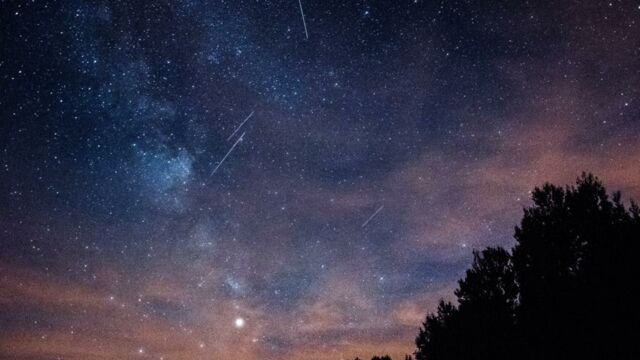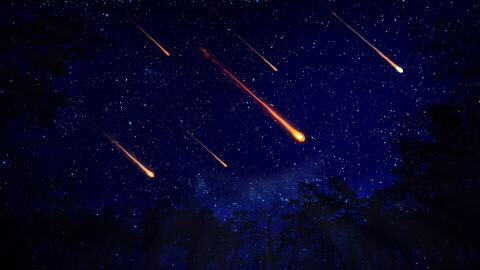As we mentioned in a previous article, this November will be marked by the North Taurides shooting star shower. As this astronomical event is about to unfold, we bring you the essential information. Where does the name come from and when will this natural spectacle take place? We tell you all about it.
Discover our latest podcast
The Northern Taurids, one of the last shooting star showers of the year
Have you ever heard anyone say they don't like shooting star showers? There's something magical about seeing a meteor shine down on our atmosphere, even when astronomy isn't your first passion.
Like most shooting star showers, the Northern Taurids are associated with a comet. In this case, it's the Encke comet, first discovered by French astronomer Pierre Méchain in 1786. The name of this astronomical event echoes the radiant (the point in the celestial vault from which the swarm seems to originate) of this shower of shooting stars, the constellation of Taurus (Taurus, taurids, you got it?).
As this event takes place at the end of the year, it's sometimes nicknamed the 'Halloween fireworks'.
When's the North Taurides shooting star shower?
Active from October 20 to December 10, the Northern Taurids will reach their peak on November 12. This is not the most spectacular shooting star shower of the year, as its ZHR (estimated meteor rate per hour) is only 5.
A few days later, it will be followed by another similar event: the Leonid shooting star shower. The latter should be even more impressive, with three times as many meteors per hour expected.
Read more:Scorpio season from October 23 to November 22: here's how it will impact your zodiac sign
This article has been translated from Gentside FR.















